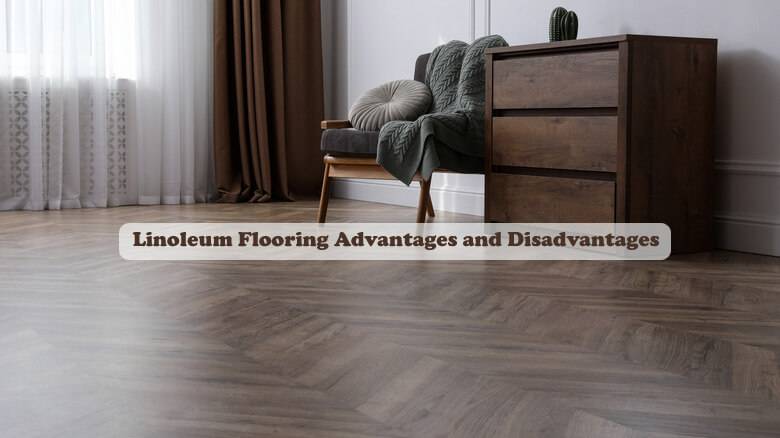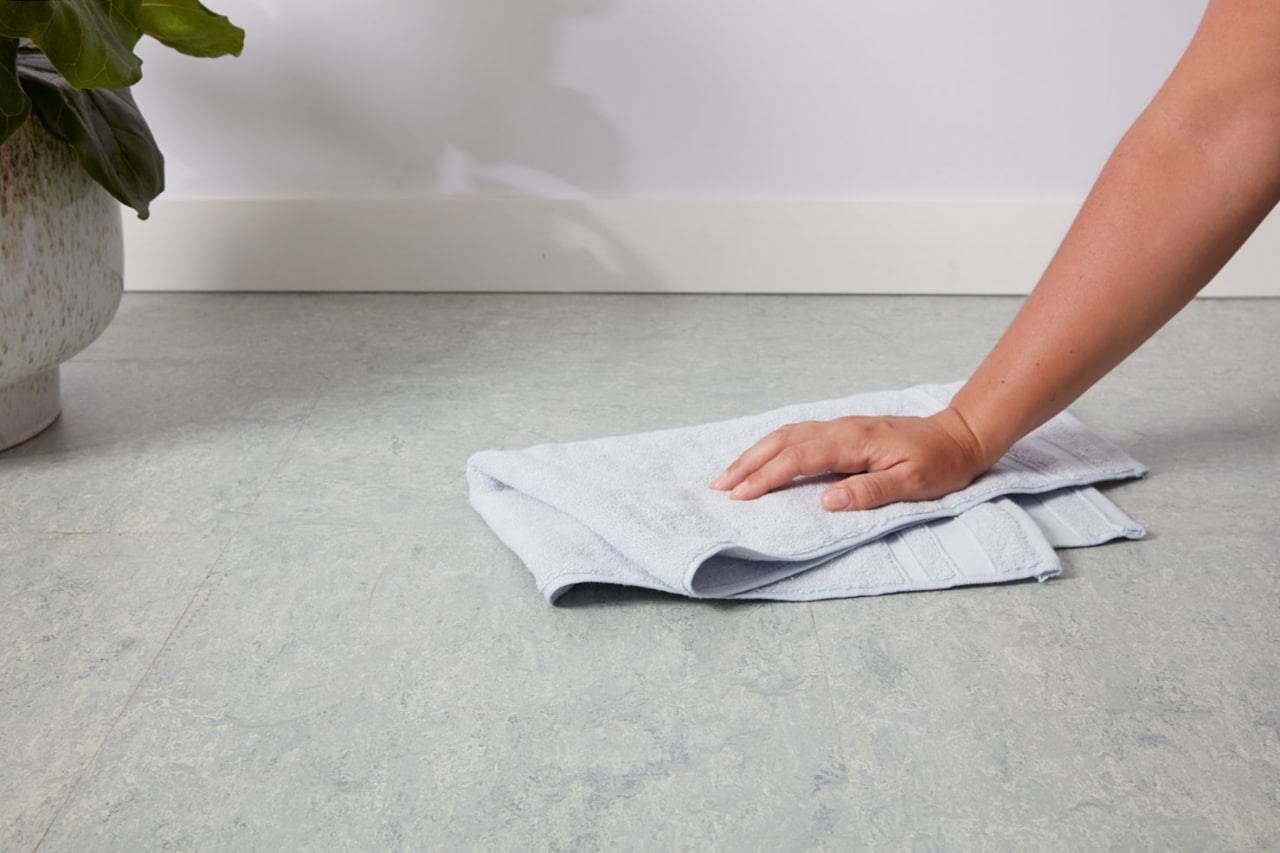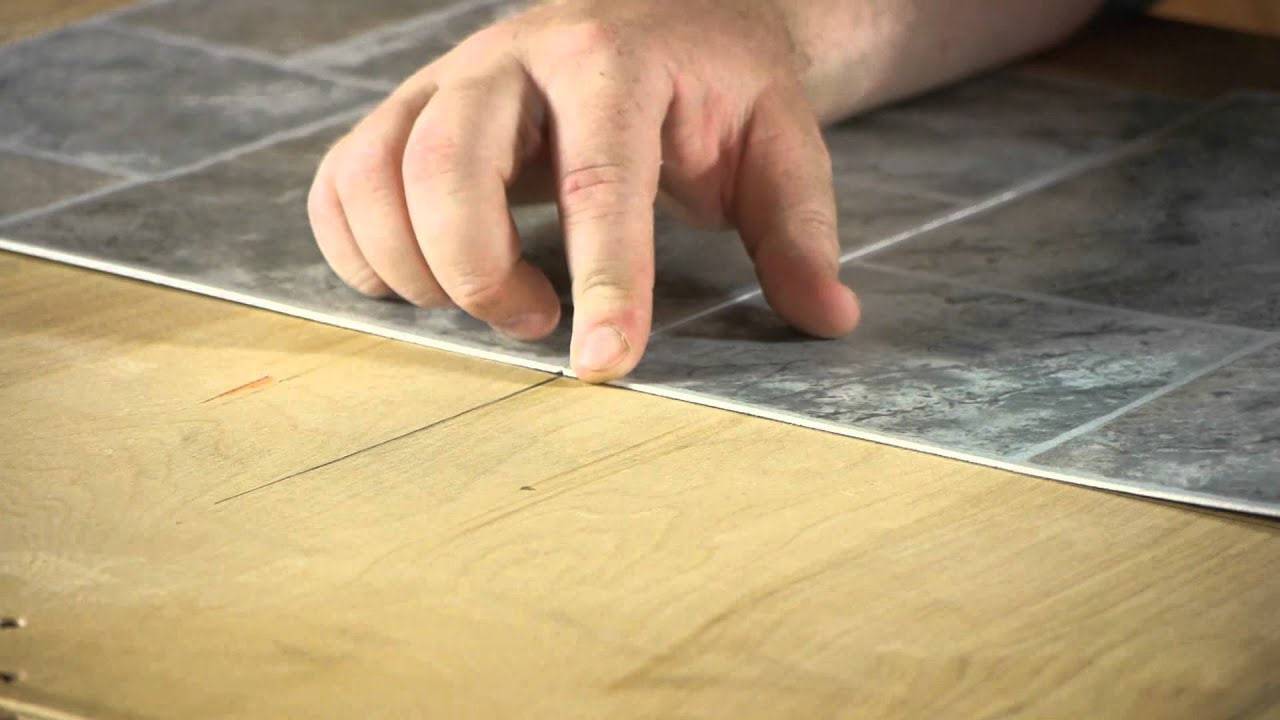Linoleum flooring is a popular choice for homeowners seeking a durable and versatile option. Made from natural materials like linseed oil and cork, linoleum offers several advantages over other flooring types.
However, it’s important to weigh the pros and cons before making a decision. This guide will explore the characteristics of linoleum flooring, including its advantages and disadvantages, to help you determine if it’s the right fit for your home.
Discover the Dex Flooring Difference: Explore beautiful, durable linoleum flooring options today!
Linoleum flooring has been a mainstay in homes for over a century, and for good reason. This versatile material offers a unique blend of durability, affordability, and eco-friendliness. However, like any flooring option, linoleum comes with its own set of considerations. Here’s a breakdown of the pros and cons to help you decide if linoleum is the right choice for your space.
Linoleum Flooring Pros
- Long-lasting Performance: With proper care, linoleum flooring boasts exceptional durability, lasting upwards of 40 years. Its resistance to wear and tear makes it a great choice for high-traffic areas.
- Budget-Friendly: Compared to other premium flooring options like hardwood, linoleum offers a more affordable installation cost. This makes it an attractive option for cost-conscious homeowners.
- Design Versatility: Linoleum comes in a wide variety of colors, patterns, and even custom designs. You can find options that mimic the look of wood or stone, or choose vibrant, playful patterns for a unique touch.
- Moisture Resistance: Linoleum is naturally water-resistant, making it a great choice for moisture-prone areas like kitchens and bathrooms. Spills and splashes are easily cleaned up, preventing water damage.
- Eco-Conscious Choice: Unlike some synthetic flooring materials, linoleum is made from natural, renewable resources like linseed oil, cork, and wood flour. Additionally, it’s biodegradable, reducing its environmental impact at the end of its lifespan.
- Healthy Home Advantage: Linoleum flooring doesn’t emit harmful volatile organic compounds (VOCs) that can affect indoor air quality. This makes it a healthy choice for families with allergies or respiratory sensitivities.
- Superior Scratch Resistance: Compared to vinyl flooring, linoleum offers better scratch resistance. Its natural composition helps camouflage minor wear and tear, keeping your floors looking pristine for longer.
- Low-Maintenance Upkeep: Linoleum requires minimal maintenance. Regular sweeping and occasional mopping with a mild cleaning solution are all you need to keep it looking its best.
Linoleum Flooring Cons
- Dent Vulnerability: While durable, linoleum can be susceptible to indentations from heavy furniture legs. Placing protective pads under furniture is essential to prevent permanent damage.
- Installation Considerations: Professional installation is recommended for linoleum flooring, adding to the overall cost. While DIY options exist, achieving a flawless and long-lasting finish is easier with professional help.
- Sun Sensitivity: Over time, prolonged exposure to direct sunlight can cause linoleum to darken or develop a yellow cast. Strategic placement of furniture and rugs can help mitigate this issue.
- Moisture Management: Some types of linoleum may be more susceptible to moisture damage from standing water. Addressing spills promptly and ensuring proper ventilation are key to prevent warping or discoloration.
- Initial Slippery Surface: New or freshly waxed linoleum flooring can be slippery. Using throw rugs in high-traffic areas and allowing the wax to cure properly can help improve traction.
By carefully considering the advantages and disadvantages of linoleum flooring, you can make an informed decision about whether it’s the perfect fit for your needs and budget.
Linoleum Care
Linoleum flooring shines with its low-maintenance needs. Regular sweeping and mopping are all it takes to keep it looking its best. For tougher stains, a mild detergent or a linoleum-specific cleaning solution does the trick, without harming the surface. Compared to vinyl, linoleum requires a bit more attention in the form of periodic sealing. This extra step, however, protects against moisture damage and staining, thanks to linoleum’s softer nature that’s more prone to scratches and gouges.
Design Without Limits: From Classic to Cutting-Edge
Unlike some flooring options where the design sits only on the surface, linoleum’s pattern runs throughout its entire thickness. This ensures the design won’t wear away over time. Modern printing techniques have revolutionized linoleum’s design potential. Now, manufacturers can create vibrant colors, intricate patterns, and even realistic imitations of natural materials. This marriage of aesthetics and functionality allows for a virtually limitless array of design choices for your space. Gone are the days of linoleum’s solely retro image. Today, you can choose from a vast spectrum of colors, patterns, and even wood or stone looks to match your design desires.
Installation: Pro or DIY?
Linoleum sheet installation is generally best left to the professionals. The sheets can be challenging to cut and maneuver, and the traditional method involves gluing them down with welded seams. However, the good news is that modern linoleum comes in tile and plank formats, making DIY installation a possibility. These tiles or planks often utilize a click-lock system, allowing them to “float” over the subfloor without needing glue. Simply click them together like Legos for a more user-friendly installation process.
Lifespan
One of the biggest draws of linoleum flooring is its impressive lifespan. With proper care, a linoleum floor can grace your home for 20 to 40 years or even longer. It’s important to remember that unlike some other flooring options, linoleum will show its age over time. The surface will develop a worn look that some may find charmingly old-fashioned, while others may prefer a more pristine appearance. Consider this aesthetic factor when making your decision.
Final Words
To sum up, linoleum flooring is a convincing combination of strength, affordability, and eco-friendliness.
Linoleum is a suitable option for both DIYers and homeowners seeking professional installation, thanks to its easy maintenance, stunning design possibilities, and wide range of installation options.
Despite developing a weathered appearance with time, its extended lifespan ensures that you will continue to enjoy its beauty and functionality for decades to come.
Linoleum flooring is a unique and lasting solution for your home, whether you’re attracted to its classic charm or modern versatility.
FAQs
Q: Is patterned linoleum back in style?
Absolutely! Linoleum’s ability to take on vivid colors and intricate designs makes it perfect for incorporating trendy patterns into your home. Geometric prints, floral motifs, and even terrazzo-inspired designs are all on-trend options for a bold statement.
Q: Can linoleum mimic the look of other materials?
Yes! Modern printing techniques allow manufacturers to create realistic wood or stone looks in linoleum. This gives you the warmth and beauty of natural materials with the practicality and affordability of linoleum.
Q: What are some popular linoleum colors for a modern look?
While classic black and white linoleum tiles are always a great choice, consider exploring bolder options like deep blues, emerald greens, or even pops of burnt orange for a contemporary feel. Lighter greys and beiges can create a clean and minimalist aesthetic.
Q: How can I use linoleum flooring in a trendy way?
Linoleum’s versatility allows for creative applications. Consider using patterned tiles to create a statement accent wall, or use contrasting colors in a checkerboard pattern for a unique kitchen floor. Linoleum floor planks can also be installed in herringbone or chevron patterns for a touch of sophistication.



